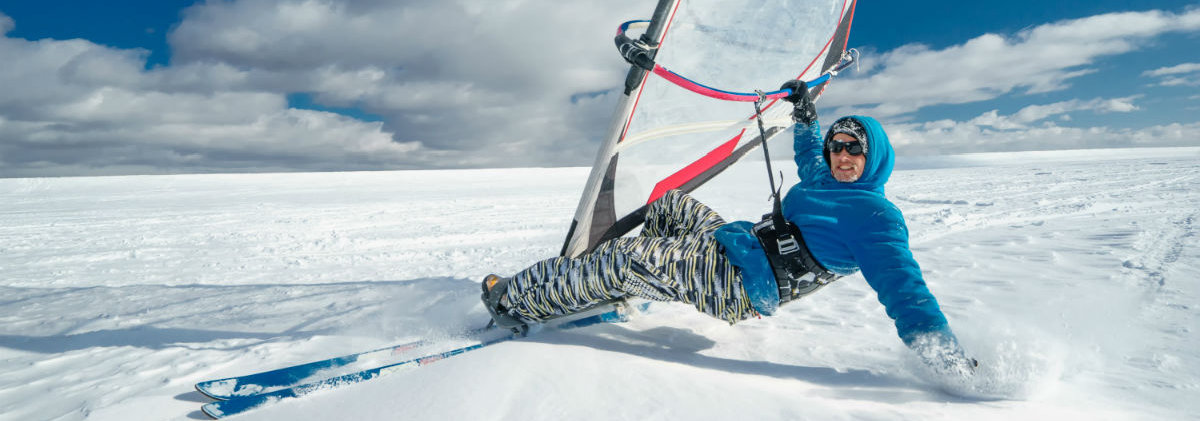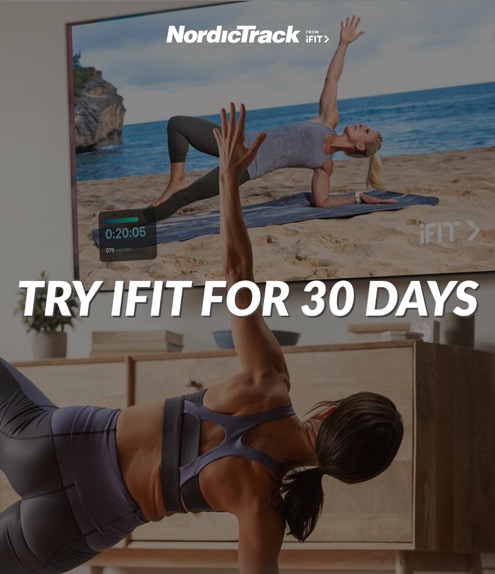
Winter is coming. And with it comes the choice to hibernate inside with the TV and blankets or to get outside and experience the joys of your winter wonderland. The latter comes with lots of unique calorie burning and fitness opportunities that make the choice a little easier.
Here are 7 winter sports that will get you going and help keep your body healthy during those short winter days and long winter nights.
Cross-Country Skiing
- Don’t get too intense too soon. Keep it simple.
- Prepare by using an elliptical trainer to prevent muscle strain.
- Bring the appropriate food and gear.
- Be safe. Notify a friend of your trip.
Downhill Skiing
Downhill skiing, the more popular sister of cross country skiing, is more of a power sport that requires short bursts of energy for quick, downhill runs. A 185-pound skier burns about 266 calories in 30 minutes of downhill skiing.
Downhill skiing works the “prime movers,” including the hamstrings, quadriceps, calf, hip, and foot muscles. It also works the abdominal muscles for control, and the arms on the poles. Beyond that, it’s speed and intensity that improves balance, flexibility, agility, and leg and core strength. It’s also not too hard on the back, unlike water skiing.Dr. Olvey again offers some tips to make getting down the hill just a little bit easier:
- Avoid altitude sickness. Don’t go too high too fast. Keeping it below 11,000 feet is a safe bet.
- Signs of altitude sickness include headache, muscle aches, inappropriate shortness of breath, and inability to reason normally.
- Don’t go too hard. A large percentage of injuries happen from fatigue later in the day when someone goes for that “one last run” and ends up breaking an ankle.
- Stay hydrated. Don’t be fooled by all the snow.
Snowboarding
Snowboarding is as popular as ever, and it offers great health benefits. A 150-pound snowboarder burns about 480 calories per hour. Many studies suggest mood and anxiety levels improve when people exercise outdoors. Keeping the mood up and anxiety down is especially important in the dark winter months.
Another key benefit of snowboarding is that “the thrill of shredding the powder is good for your mental health,” says Jonathan Chang, MD, of Pacific Orthopaedic Associates.
Snowboarding works the calf muscles, hamstrings, and quadriceps while guiding the board; ankle and foot muscles while steering; and abdominal muscles for balancing. And of course, it’s also a great cardiovascular workout that will keep the heart pumping.Dr. Chang provides a few tips for doing it right:
- Pick a terrain that matches your skill level.
- If appropriate, take a more challenging route to burn more calories.
- Get the right gear, including a helmet.
- Don’t get in over your head. Get some lessons if you’re just getting started.
Speed Skating
Speed skating is the more intense sister of ice skating. Ice skating began when Northern European natives started putting bones on the bottom of their shoes to cruise down frozen rivers; today skaters do full marathons on ice. The health benefits are numerous. It’s generally a low-impact sport that can be enjoyed indoors or out, or anywhere there is some ice. A skater can burn between 250 to 810 calories an hour with recreational skating. Not to mention, if skating outside, spending an hour or two outside in the cold will likely increase resting metabolism.
Skating “truly addresses all components of fitness at any level. It can be done across a lifetime and can be done individually or as a group sport. All those things make it a pretty unique sport in my mind,” says orthopedic surgeon Angela Smith, the former chairwoman of the U.S. Figure Skating Sports Medicine Committee.
Skating works the lower-body muscles including the hips, quadriceps, hamstrings, and calves. Performing jumps can build bone mass and increase the physicality. Skating also boosts balance, flexibility, quickness, and agility. Speed skating works the thighs harder; whereas it’s not too distant cousin, figure skating, is a great opportunity to increase upper body strength through lifts.
Dr. Smith provides a couple tips for beginners:
- Skating can be hard at first, but it gets easier as endurance builds.
- Get skates that run about a size below your street shoes. It will save you lots of ankle pain.
LOOKING FOR SOMETHING MORE EXTREME?
Ice Surfing
DISCLAIMER: This post is not intended to replace the advice of a medical professional. The above information should not be used to diagnose, treat, or prevent any disease or medical condition. Please consult your doctor before making any changes to your diet, sleep methods, daily activity, or fitness routine. NordicTrack assumes no responsibility for any personal injury or damage sustained by any recommendations, opinions, or advice given in this article.
Sources:
http://www.webmd.com/fitness-exercise/features/5-best-winter-sports-to-try#1
http://www.jci.org/articles/view/60433?key=5e3684aee3d55b74adc8
https://us.humankinetics.com/blogs/excerpt/learn-the-benefits-of-cross-country-skiing
https://www.webmd.com/fitness-exercise/features/5-best-winter-sports-to-try#2
http://www.pacortho.org/jonathan-l-chang-sports-medicine-arthroscopic.html
https://www.britannica.com/sports/ice-skating
http://www.diethealthclub.com/calories-burned/ice-skating.html


